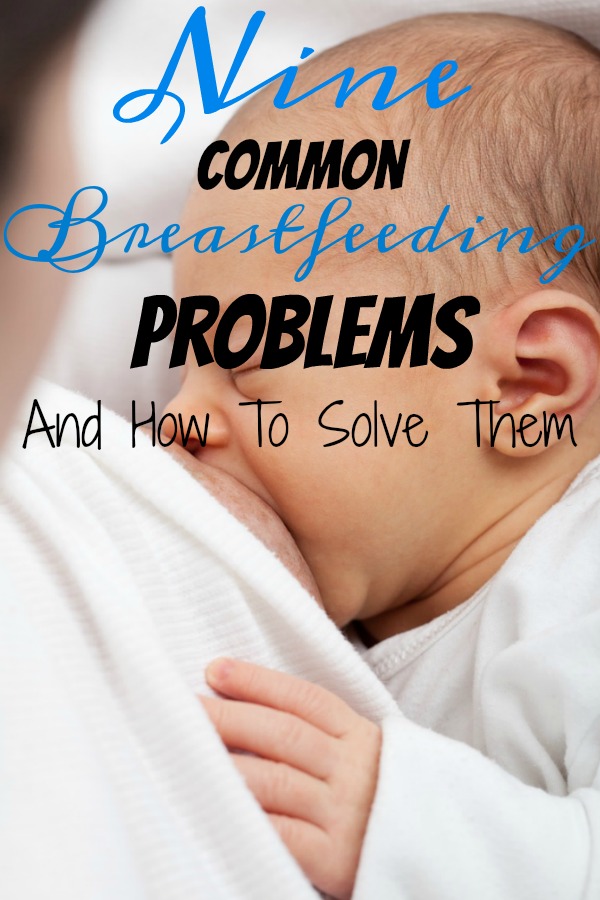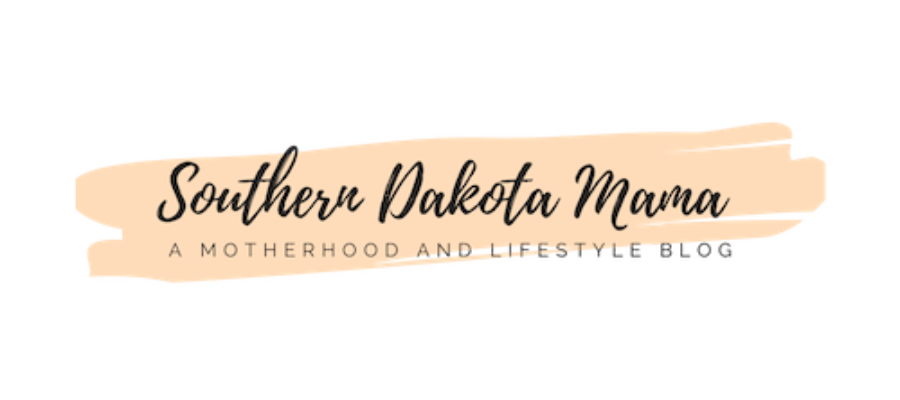Solving Common Breastfeeding Problems
Breastfeeding is a beautiful thing and creates a wonderful bond between you and your baby. Although, there are challenges that may arise that may make you want to throw in the towel. But I promise you mama, beating these problems that arise will be well worth it and you and baby will be much happier in the end! Most breastfeeding moms will experience at least one of these problems, so other moms are great resources as well. But for now you can find the most common breastfeeding problems and how to solve them below.

But before you get started, DON'T miss out on these breastfeeding FREEBIES!



Look here for additional FREEBIES! Including car seat covers, baby shoes, baby carriers, and much more! Use code MAMA12.
Solving Common Breastfeeding Problems
Difficulty With Latching
You are doing great mama, so no need to worry! Things might be tough in the beginning but I promise you things will get better and it will all be WORTH it! Obviously babies don't come out of the womb walking and talking, they have to learn how to do these things. In addition to learning these things, they also have to learn how to latch. So don't get frustrated if it doesn't happen as easily as you thought it would.
Although, here are a few things to help you get that latch mastered. Make sure you are positioning the baby correctly. When they are first learning to latch, I find the cross cradle hold to be the easiest. As this allows you to easily guide the baby's head toward the nipple. Another great tip is to hold your breast, as you can guide it towards your baby's mouth as well. Although, I believe the most crucial part to teaching your baby how to latch, is to make sure they are opening wide. I found the easiest way to get them to open wide was to brush your nipple against their nose. A good latch is when the mouth covers the areola and the lips are flanged out. If you are still having difficulty, give nipple shields a try. These force the infant to open their mouth wide to accept the plastic nipple, which in turn helps with the latch.
Nipple Pain
In all honestly, I think every nursing mom will experience nipple pain. Although, some experience it much longer than others. One of the main causes of nipple pain is a bad latch, so make sure you are working on getting that latch down. And yes, your nipples have to get use to a baby nursing and your baby will get much better at nursing over time. So the good news is the pain will subside.
Although, for the time being you can try the nipple shield. Several moms say this makes breastfeeding much more enjoyable, as it reduces the pain tremendously and that they are a definite game changer! Lansinoh Lanolin nipple cream is also an option and I absolutely recommend this to any mom, at least for the first two weeks. I found it to provide tremendous relief for cracked and sore nipples.
Engorgement
This is another one that most all moms will experience at some point throughout breastfeeding. Engorgement is when you experience hard, swollen, painful breasts from too much milk. Engorgement can occur when your baby favors feeding on one side over the other, you experience long periods of time away from your baby (you go back to work), or you may just produce a large amount of milk!
To manage the pain you can use breast therapy gel packs. The cold therapy from these packs helps relieve pain and swelling from engorgement. You can also use them for hot therapy to increase milk production and reduce time spent pumping. Talking about pumping, pumping is another great solution to relieve engorgement and helps you maintain a large supply of milk as well.
Inverted/Flat Nipples
You can tell if you have inverted or flat nipples by doing a pinch test. Gently pinch your areola, if the nipple does not become erect, then the nipple is considered flat. If the nipple concaves, then it is considered inverted.
You can use breast shells to help draw out the flat or inverted nipple. Breast shells are pieces of plastic that fit over the breast and have a hole that fits over the nipple. The pressure applied around the nipple causes the nipple to protrude. You can wear these during pregnancy, as they will apply pressure and stretch the connective tissue, which will in turn draw the nipple out. After the baby is born, wear the shells thirty minutes before feedings in order to draw the nipple out. You can also use a breast pump to help draw out the nipple before feeding. Nipple stimulation before feedings is also an option. Roll your nipple between your thumb and index finger. Or you can also give nipple shields a try. This is a silicone nipple, that has holes in it to allow the milk to pass through (from your baby's sucking reflex), that you wear over your nipple. These can also be used if the baby is having trouble latching.
Clogged/Plugged Ducts
Clogged milk ducts occur when the breast is not thoroughly drained. If this happens you may notice pain in a specific location in the breast. Or a swollen, tender lump in the breast.
To fix this, make sure that you are nursing often and consistently. It is crucial that you are emptying the clogged duct every time you are breastfeeding. If the baby is not emptying the breast completely, you can use a breast pump after the feeding. An empty breast feels much lighter and will express little to no milk when squeezed. Some additional remedies to relieve pain and unclog the duct include, not wearing tight clothing, massaging the clogged breast, take a hot shower allowing the water to run over the breasts, or apply a breast therapy gel pack. These gel packs will relieve plugged ducts and encourage milk let down.
Mastitis
Mastitis is inflammation of the breast tissue, which can involve infection. Symptoms of mastitis may include tenderness of the breast, warmth to the touch, swelling of the breast, lumps in the breast, pain or burning when feeding, redness of the skin, and a fever. Causes of mastitis are a clogged milk duct or bacteria entering your breast.
Prevent mastitis by fully emptying your breast during each feeding. Make sure you are allowing your baby to completely empty one breast before offering the other. Change the position you are feeding in from one feeding to the next. If you do get mastitis antibiotics is the most sufficient way to treat it. Although, breast therapy gel packs may help with the pain.
Low Milk Supply
I think this is something that breastfeeding mamas worry about too much, when most the time they have no need to. You have no reason to worry, unless your doctor is concerned about your baby's weight gain.
Breastfeeding is a supply and demand process. How often and how much milk is removed from the breast are the main factors that determine how much milk will be made. So frequently nursing and consistently pumping throughout the day can increase milk supply. Pumping after or between nursing sessions can be very helpful as well. Offer both breasts at each feeding. Let the baby empty one breast before offering the other. You can also turn to lactation enhancements to help boost milk supply. This Milkmaid tee has great reviews and has a small price tag. Earthmama also makes several other teas such as no more milk, heartburn, third trimester, morning wellness, etc. Or you can try this lactation cookie mix, which several moms swear by.
Baby Sleeping At Breast
The problem with babies nursing to sleep is that they create a habit out of it. They will want/need to nurse before they go to sleep. Nighttime feedings can become a nightmare and self-soothing can be troublesome. Nursing to sleep is not a problem unless it is happening every time, as it can lead to interruptions of sleep patterns and you may be concerned if the baby is getting enough milk.
When you notice the slowing down of sucking and the baby starting to get drowsy, switch to the other breast. You can also remove them from your breast and try to waken them by tickling their feet, burping them, changing their diaper, and rubbing their back.
Thrush
Thrush is a yeast infection that develops on the inside of your baby's mouth. If your baby has thrush, they can transmit it to you through breastfeeding. Symptoms for babies include white bumps on the tongue, inside of cheeks, tonsils, and gums, pain, difficulty swallowing, fussiness, and irritability. And for mamas itchiness, sensitivity, pain in the nipples, severe pain while nursing, and flaking skin surrounding the nipple.
Your doctor will prescribe you an anti-fungal medication to put on your breast and to treat baby's mouth. If you are both not treated at the same time you can get caught in a cycle of transmitting it to one another.
Thank you for stopping by! I hope you found some useful information to solve those troublesome breastfeeding problems.
You can find all of my favorite motherhood/baby/toddler products here!

You May Also Enjoy:

